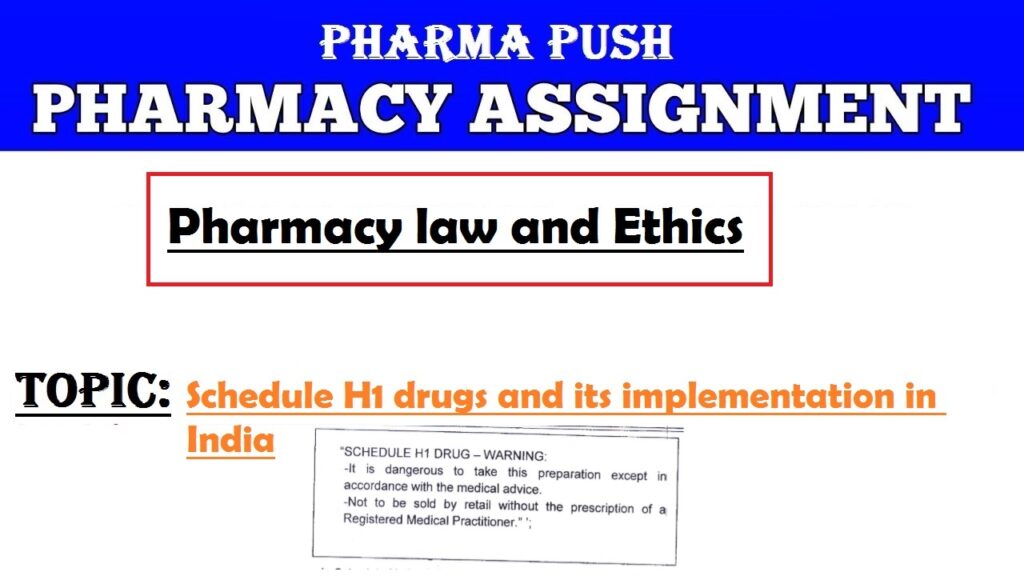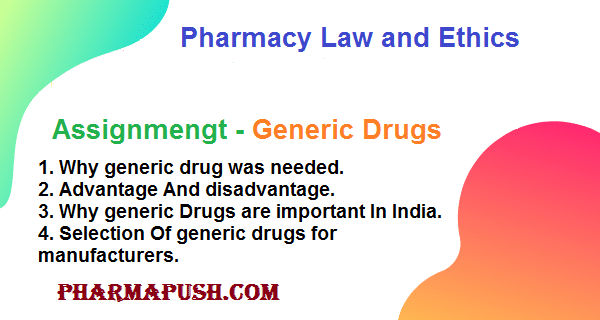Pharmaceutical marketing practices encompass a wide range of activities aimed at promoting and selling pharmaceutical products. These practices are highly regulated to ensure ethical standards, patient safety, and fair competition. The pharmaceutical industry is the world’s largest industry. The industry has seen major changes in the recent years that place new demands on payers, providers and manufacturers. Customers now demand the same choice and convenience from pharma industry that they find in other segment.
Indian Pharmaceutical Industry is poised for high consistent growth over the next few years, driven by a multitude of factors. The pharmaceutical industry is a knowledge driven industry and is heavily dependent on Research and Development for new products and growth. However, basic research (discovering new molecules) is a time consuming and expensive process and is thus, dominated by large global multinationals.
Pharma Marketing Process and its Challenges
The pharmaceutical marketing process involves a series of interconnected steps designed to bring a pharmaceutical product from development to market and make it accessible to healthcare professionals and patients. However, this process is not without challenges, as the industry operates under stringent regulations and faces ethical considerations. Here’s an overview of the pharmaceutical marketing process and some of the challenges associated with each stage:
1. Research and Development (R&D):
- Challenge: R&D in the pharmaceutical industry is a lengthy and expensive process. Developing new drugs involves extensive research, clinical trials, and regulatory approvals, with no guarantee of success. High development costs and the risk of failure pose financial challenges for companies.
2. Regulatory Approval:
- Challenge: Obtaining regulatory approval is a time-consuming and resource-intensive process. The stringent requirements for safety and efficacy demand substantial data and documentation. Delays in approvals can affect market entry timing and competition with other products.
3. Branding and Positioning:
- Challenge: Differentiating a pharmaceutical product in a crowded market is challenging. Developing a strong brand identity and effective positioning requires understanding the unique value proposition of the drug and effectively communicating it to healthcare professionals and patients.
4. Sales Force and Distribution:
- Challenge: Managing an efficient sales force and distribution network is crucial. Companies must navigate the complex healthcare landscape, compliance with regulations, and varying practices across different regions and healthcare systems.
5. Direct-to-Consumer Advertising (DTCA):
- Challenge: Regulatory restrictions on direct-to-consumer advertising vary globally. Striking a balance between providing useful information to patients and avoiding misleading claims can be challenging. Ethical concerns also arise, especially when promoting prescription medications directly to consumers.
6. Medical Education and Sponsorship:
- Challenge: Balancing educational initiatives with potential conflicts of interest can be challenging. Ensuring that medical education remains unbiased and evidence-based while accepting industry sponsorship is an ongoing concern.
7. Patient Assistance Programs:
- Challenge: While patient assistance programs aim to enhance accessibility, challenges arise in determining eligibility criteria, reaching those in need, and sustaining long-term support. There may be concerns about programs influencing prescription behavior.
8. Digital Marketing and Online Presence:
- Challenge: Navigating digital marketing requires adherence to evolving regulations. Ensuring the accuracy of online information, managing social media engagement, and addressing concerns related to online privacy and data security are ongoing challenges.
9. Compliance and Regulatory Compliance:
- Challenge: Adhering to a myriad of regulations and compliance standards is a constant challenge. Missteps in advertising, reporting adverse events, or violating promotional guidelines can result in legal consequences and damage a company’s reputation.
10. Post-Marketing Surveillance:
- Challenge: Ongoing post-marketing surveillance is essential for monitoring the safety and efficacy of drugs. However, challenges include the identification and reporting of adverse events, ensuring timely communication, and implementing necessary safety measures.
Overall Industry Challenges:
- Ethical Concerns:
- Ensuring ethical conduct in marketing practices, avoiding conflicts of interest, and maintaining transparency are paramount.
- Rising Healthcare Costs:
- The high cost of pharmaceuticals and concerns about healthcare affordability raise challenges in pricing, reimbursement, and access to innovative treatments.
- Generic Competition:
- Once a drug’s patent expires, generic competition can significantly impact sales, prompting the need for strategic lifecycle management.
- Market Access:
- Gaining market access and reimbursement approval can be challenging, especially in healthcare systems with stringent cost-effectiveness evaluations.
- Global Market Variability:
- Differing regulatory requirements, healthcare systems, and cultural considerations across global markets pose challenges for companies operating on an international scale.
Successfully navigating these challenges requires a comprehensive understanding of the pharmaceutical industry’s complex landscape, ongoing adaptation to regulatory changes, and a commitment to ethical and patient-centric practices.
You May Like: Generic Drugs in Easy Language
Use of medical representatives for marketing products to physicians and to exert some influence over others in the hierarchy of decision makers has been a time-tested tradition. Typically, sales force expense comprises an estimated 15 percent to 20 percent of annual product revenues, the largest line item on the balance sheet. Despite this other expense, the industry is still plagued with some very serious strategic and operational level issues.
From organizational perspective the most prominent performance related issues are:
- Increased competition and unethical practices adopted by some of the propaganda base companies.
- Low level of customer knowledge (Doctors, Retailers, Wholesalers).
- Poor customer (both external & internal) acquisition, development and retention strategies.
- Varying customer perception.
- The number and the quality of medical representatives.
- Very high territory development costs.
- High training and re-training costs of sales personnel.
- Very high attrition rate of the sales personnel.
- Busy doctors giving less time for sales calls.
- Poor territory knowledge in terms of business value at medical representative level.
- Unclear value of prescription from each doctor in the list of each sales person.
- Unknown value of revenue from each retailer in the territory.
- Absence of ideal mechanism of sales forecasting from field sales level, leading to huge deviations.

